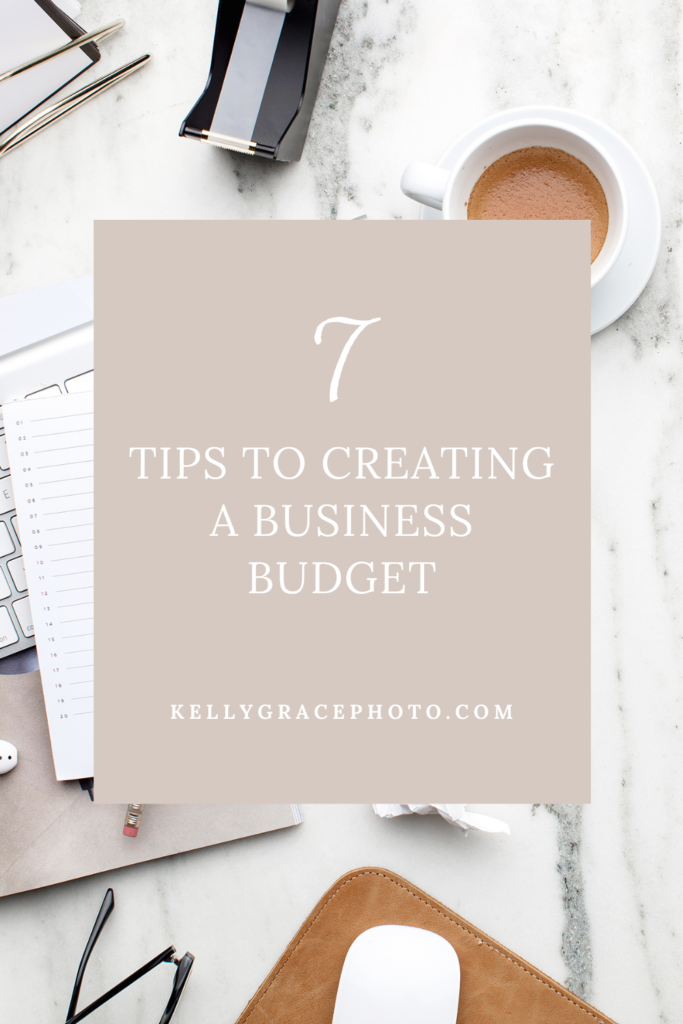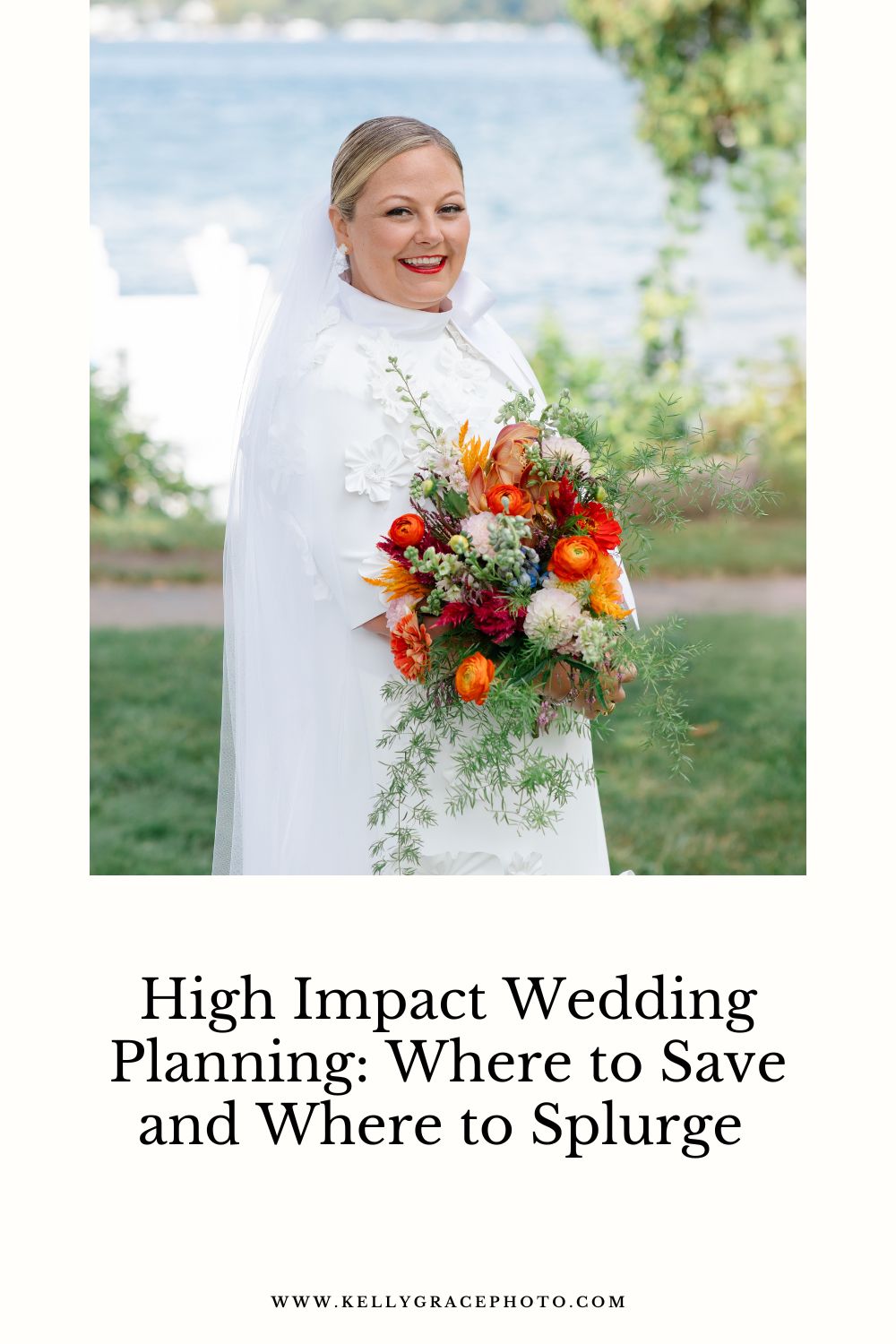One of the most common questions I’m asked is –– Kelly, how do I put together a budget for my creative business?
I’ll be the first to admit I didn’t create my first business budget until just a few years ago. When I first started my business, I was completely clueless with how to run my finances. It was also extremely difficult to find other seasoned creatives who would answer business questions for me. I remember reaching out to one photographer in particular asking for assistance, and she was so closed off, cold, and wouldn’t offer me any help.
Since there tends to be a lack of resources and information covering business + finances for newer creative business owners, I knew I needed to help close that gap! I don’t ever want other people to feel the way that photographer made me feel!
Maybe you are one of those creatives who feel lost with their finances or business budget? Are you unsure of where to begin? How to get started? Maybe you don’t know what to include? Today, I will be walking you through 7 tips to creating a business budget!
What Exactly Is A Business Budget?
As John Maxwell says, “A budget is telling your money where to go, instead of wondering where it went.”
A budget for your business is basically a plan for how you’ll spend your business dollars month to month. You take a look at your upcoming months, anticipate what is going to happen with your expenses and revenue, and decide how to spend those dollars before the month begins.
You may be asking yourself, “why do I need to have a budget for my business?” Well, I’m glad you asked! According to various sources, 8 out of 10 businesses don’t make it five years. The reason why most of them close? They don’t have a grasp on their finances. Either they didn’t have a proper cash flow plan (i.e. enough money coming in each month to cover bills), didn’t save enough for taxes, or had a poor pricing model.
Having a plan in place for your business helps you stay in control of your finances and provides you with peace of mind. Not having a good handle on your cash flow or expenses could cause you to spend more than you make, take out unnecessary debt, or cause you to not be able to cover your payments. Putting together a budget each month will help you to stay in control, which in turn will lower your stress levels and keep your confidence up!
Next, let’s walk through the seven tips to creating a business budget.
7 Tips To Creating A Business Budget | Kelly Grace Photography

Keep Your Personal And Business Budgets Separate
Things can get a bit messy if you combine both your business and personal expenses into one large budget. Keep your sanity by creating two separate budgets: one for your home and one for your business.
Utilize A Budgeting Tool
There are so many different softwares you can use such as EveryDollar, YNAB, Freshbooks, Mint, Quickbooks or just an excel spreadsheet to build your budget. Many people will do a budget annually or quarterly, but I recommend doing an annual one + one every month!
Utilize The Profit First Method To Divy Up Revenue
The book Profit First walks you through how to increase profit in your business, save for taxes and operating expenses, and pay yourself a salary. Before I even start my monthly business budget, I’ve already taken out what I need to save for taxes, profit, and owner’s compensation. Whatever is left over is what I have to cover my operating expenses
Without getting too technical here is an example of what that looks like. Let’s say I know I’m going to receive $10,000 in revenue the following month. Per the percentages I have set up in my particular business (based off Profit First) I will allocate my money as follows into my separate savings accounts:
- Profit Account (5%): $500
- Taxes Account (10%): $1,000
- Owner’s Compensation Account (45%): $4,500
- Operating Expenses (40%): $4,000
That $4,000 that went to my operating expenses is what I base my budget on for the next month.
Add Up Projected Monthly Revenue
Do some research to see how much your business will be earning the next month. If you have a CRM –– like Honeybook –– it will tell you exactly what you have coming in next month. Has your business been open for a while? If so, look back at last year to see what you can expect to make this time around (i.e. quickbooks or look at your bank statements). If you’re just starting out, make an educated guess about what you think you’ll earn in the upcoming month.

Brainstorm Projected Expenses
At the beginning of each year, brainstorm the annual cost of all your business expenses and then break it down by month. Think through all of your business expenses down to the cost of coffee! Here are a few ideas to get started:
- Fixed expenses – These are your overhead/business costs. This includes anything you spend in business whether you have any paying clients or not. A few examples would be client management system like Honeybook, website fees, insurance, tax accountant, virtual assistant, online schedule, Quickbooks, Flodesk, Adobe Creative Cloud, etc.
- Variable expenses/Job Specific – These are the expenses you incur *only* when you take on a client. This includes things like a welcome gift, a second photographer, film costs, or hotel costs. Everything from the coffee you buy at a consultation to the card you send after the service should be included
- One time purchases – These are one-off expenses that pop up now and again such as a new computer, lenses, camera body or ticket to a conference! Look ahead each month to see if you’ll need to set aside some extra money. Look at any future costs you might incur. Do you have any quarterly or annual expenses? Are there any seasonal expenses? A good way to save up for a big ticket item is to build a “sinking fund.” Set aside a small amount each month for that particular item either in an envelope or an online savings account. By saving a little bit each month, you’ll have that money ready to go when it’s time to purchase.
Put Together A Zero-Based Budget
When putting your monthly budget together, start with your operating expenses at the top (i.e. the $4,000 we walked through above). Then subtract out all your other monthly expenses from that top line number until the number is zero. You essentially want to give every dollar a name and put it someplace! By doing it this way, you’ll also see if you are overspending and putting your business into the red. Read here for additional information on zero based budgets.
- Tip: If you get through all your monthly expenses and have money left, utilize that to beef up some of your sinking funds. Some examples would be conference tickets or equipment purchases.
- Tip: If you find you are in the red, figure out where you can cut expenses and reduce costs.
Review Your Budget Constantly And Track Your Spending
After you’ve set your budget for the month, have daily or weekly check-ins to make sure you’re actually following it. At the end of the month, determine if you went over in one category or didn’t spend as much as you thought in another. Then adjust those numbers in next month’s budget!
When you are new to budgeting it can be frustrating when you guess incorrectly or overspend. Don’t give up! It takes a few months to get into the groove of things and work the kinks out. Keep trying, keep budgeting and keep coming back to it! It’ll be worth it in the long run! If you ever need, keep referring back to these 7 tips to creating a business budget.
Take Your Business To The Next Level
If you are feeling intimidated by putting together a budget, grab my Creative’s Pricing Guide! This guide will walk you through determining your personal budget, business expenses, and help you determine pricing for your services.
Are you needing help with your finances? Check out everything that I offer over on my education page!






add a comment
+ COMMENTS